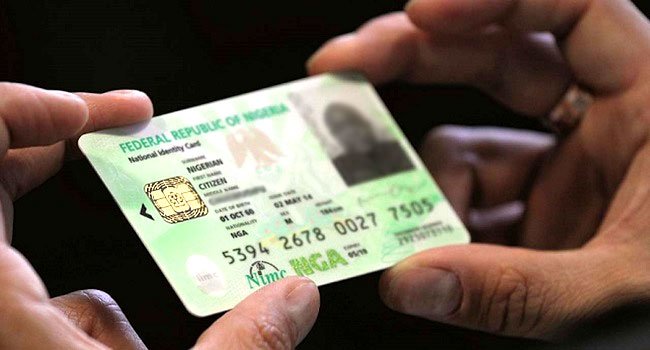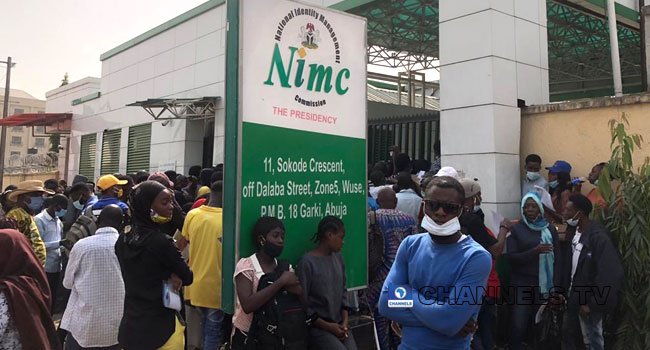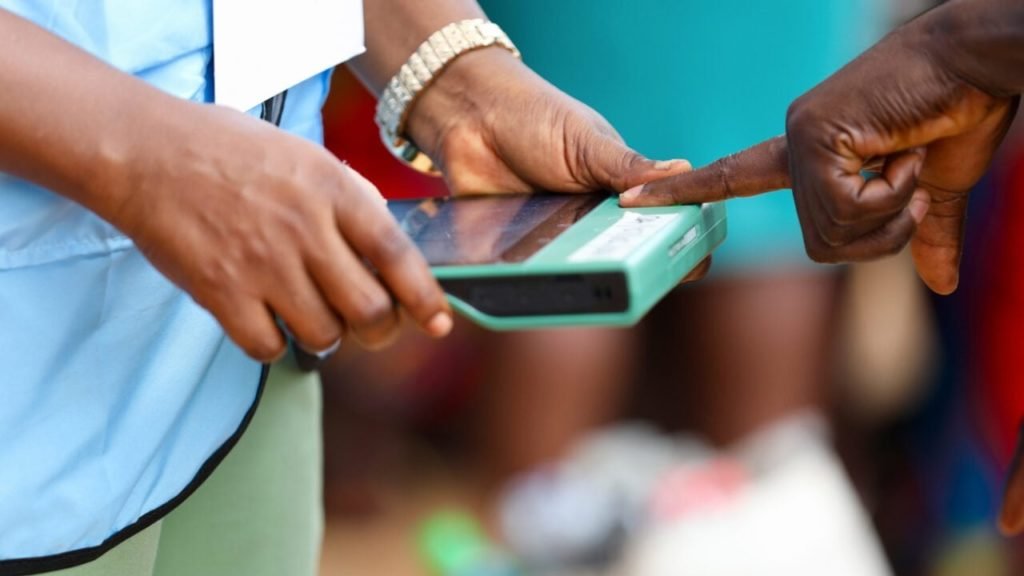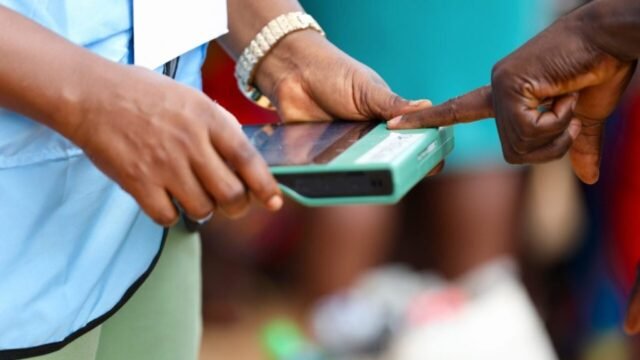Nigeria’s drive to register citizens into its National Identity Number (NIN) system has picked up serious pace in recent years. According to the National Identity Management Commission (NIMC), by the end of 2023, approximately 104.16 million Nigerians had obtained the NIN. More recently, that number climbed to about 115 million by late 2024, reflecting intensified efforts and policy pushes.
These gains, though impressive, still leave a large “catch-up” gap. The government, under its Digital Identification for Development project in conjunction with the World Bank, had set a target of capturing 148 million Nigerians with NINs by mid-2024. With the registration numbers falling short of that, it means there are approximately 35-45 million people yet to be registered, depending on the current population estimates. Some press commentary goes further, placing the unregistered at around 59 million people, especially when adjusting for the projected 2025 population.
This shortfall poses risks. Without universal NIN registration, many Nigerians remain excluded from essential services—government programmes, health, financial inclusion, social safety nets, even SIM registration and other identity-required services. The cost of being “un-registered” is more than inconvenience; it’s often exclusion.
Table of Contents

What Is Slowing Things Down?
Despite strong political will, several obstacles persist:
- Geographic and infrastructural barriers: Many rural or remote communities do not have easy access to NIMC registration centres. Travel costs, transport logistics, and weak infrastructure make trips for enrolment burdensome.
- Awareness and documentation issues: Some Nigerians do not yet understand the urgency or procedures for NIN registration. Others lack required supporting documents (e.g. birth certificates), which complicates or stalls registration.
- Operational delays: Long queues at registration centres, slow back-end processing, and in some cases, delays in card issuance (even after registration) discourage people.
- Gender, zonal disparities: There are state-by-state differences: some states like Lagos, Kano and Kaduna show high registration numbers, while others in the South-East or less urbanised parts lag significantly.
- Data protection and trust concerns: As more people register, concerns about data security, privacy, and misuse of personal information are emerging. NIMC and other agencies are under growing pressure to strengthen data protection measures.

Micro-ID Kiosks: A Solution with Promise
Enter micro-ID kiosks: decentralised, lightweight registration points (auto-enrolment or assisted) placed in strategic locations—local markets, schools, rural health posts, community centres, even mobile vans. These kiosks could dramatically increase access. Here’s how:
- Closer to the people: If kiosks are placed where people live or congregate, travel costs drop, and people will more readily get registered.
- Reduced load on central offices: Registration centres are often overburdened; kiosks help distribute the load, cutting wait times and operational bottlenecks.
- Flexible & mobile setups: Mobile kiosks can reach remote locations or populations with limited mobility (e.g. aged, physically challenged). Temporary kiosks can be deployed during outreach campaigns.
- Digital and biometric integration: These kiosks can capture the required biometric data, photographs, fingerprints, etc., and then relay it securely to central systems.
- Public-private partnerships: Micro-kiosks could be managed in cooperation with private firms, local governments, and CSOs, making it more scalable without overstretching federal resources.
Some countries have used similar models successfully. In India, for example, local “enrolment camps” and vans have been mounted. In parts of Africa, mobile identity vans have been used for elections, health records, or SIM registration drives.
How Kiosks Could Help Close the 59 Million Gap
To close the remaining gap—often cited at about 59 million Nigerians without NIN—micro-ID kiosks could be a key tactical innovation. Here’s a roadmap:
- Mapping unregistered populations: Use census, electoral, telecom, health, and social services data to identify unregistered zones and population clusters.
- Deploy kiosks in phases: Start with high gap states (e.g. South-East, rural North) and densely populated peri-urban areas where travel to registration centres is harder.
- Ensure full service capabilities: Kiosks must be able not just to collect enrolment, but to assign NINs, issue temporary documentation or receipts, follow up card issuance, and solve minor disputes.
- Train local staff & operators: Operational integrity, biometric data accuracy, customer relations, data privacy—all require well-trained operators. Local hiring helps trust and access.
- Public awareness campaigns: Kiosks are only effective if people know about them. Sensitisation through radio, local leaders, social media, religious centres, etc.
- Regulate & protect privacy: Micro-kiosk data collection must comply with data protection law, with oversight to avoid misuse.
If well implemented, micro-ID kiosks could reduce the catch-up gap significantly, possibly bringing NIN coverage to or past 148-150 million by the end of 2026 (as per current population estimates), thus fulfilling the Digital ID target.

What It Means Going Forward
Nigeria’s efforts to bring identity to all its citizens are central to broader national goals: financial inclusion, improved service delivery, security, social welfare, and digital transformation. Every additional person with a valid NIN is another person who can access banking, get government subsidies, vote without identity disputes, access health and insurance, and more.
The deployment of micro-ID kiosks may represent one of the most cost-effective, immediate tools in closing the gap. But it must be more than hardware. It’s a system: planning, trust, oversight, public education, operational resources. Without those, kiosks risk being expensive but under-utilised.
Nigeria’s policy makers should seize this moment: build on recent momentum, deepen reforms, decentralise services, and ensure that the promise of identity for all becomes reality. If the micro-kiosk model works, Nigeria could turn its digital identity gap from a problem into a success story—perhaps even a model for other populous nations facing similar identity deficits.
Join Our Social Media Channels:
WhatsApp: NaijaEyes
Facebook: NaijaEyes
Twitter: NaijaEyes
Instagram: NaijaEyes
TikTok: NaijaEyes





